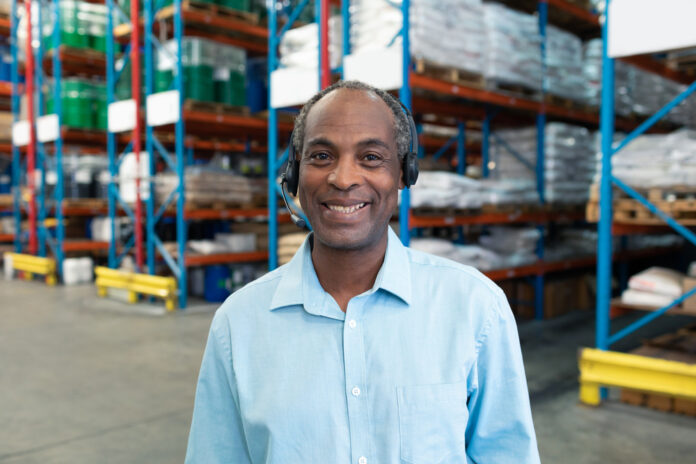A tour of a production facility isn’t something a home-based business might typically consider, but it can be done with effective communication.
Many marketers consider tours of their facilities to be an excellent way to build brand equity and engagement among their customers. By seeing, hearing, and touching the brand at its source, people gain a real sense of intimacy with it that often endures, and translates into purchase, and repeat purchase. And plant tours for other types of groups can be beneficial for any number of other reasons. A tour can be part of the orientation and/or training process for new hires; a means of building engagement with potential business partners; inspection tours, etc.
The Covid-19 pandemic has resulted in an indefinite hiatus in plant tour programs for many firms. Minimum social distancing requirements of six feet between participants would make the often challenging logistics of herding a tour group from station to station almost impossible. But with the pandemic’s horizon potentially coming into view those tours will return. For firms that may consider offering a tour for the first time, now is the time to begin planning its development.
Tours by home-based businesses
The odds are that, as a home-based business, the idea of a tour of your “facility” has never crossed your mind. (You’d have to clean the bathroom on a daily basis!) But of course we’re not really referring to your home-based office; in addition to their offices many such businesses have production facilities, either owned by the business itself or through contractual arrangements. For example, of America’s 601,000 manufacturing businesses in 2012, 157,000, or 26%, were home-based.
There’s more than a little work involved in developing and initiating a program of plant tours, starting with the determination that production logistics allow for a tour that can safely accommodate visitors. Among the many tasks involved, a marketing agency may be hired to identify the most interesting aspects of the production process as well as the company history, and turn this into an entertaining and informative script. Outgoing and charismatic tour guides must be recruited and hired to deliver that script with just the right amount of flair. But in a manufacturing environment noise from machinery and equipment is often loud and uninterrupted, and if touring customers, employees, or business partners can’t hear the guide clearly, much of the entertainment and informational value — not to mention the potential for brand-building and increased sales — will be lost.
Headset communication systems
There is likely no better way to defeat the challenges of ambient noise in a production facility than to equip tour guides and tour participants with two-way communication systems: transceivers and receivers that enable electronic communication along with headsets that buffer environmental sounds. Such systems also allow greater physical distance between participants, since communication is carried by a signal and not by voice. This may be particularly relevant going forward, since some learned tendency toward social distancing behavior may prevail among people even as social distancing requirements fade away; some people may have developed a permanent sense of greater personal space. A tour group with each member separated by four, five, or six feet will be at no communication disadvantage when all are equipped with two-way systems.
Message clarity is critical
Some of America’s most iconic companies are known for their outstanding plant tours, including Celestial Seasonings, Harley-Davidson, and Jelly Belly. A typical home-based business may see this standard as being out of their reach, but what these examples do show is the importance smart marketers place on building brands by engaging their customers right at the point of production. But clarity of message is critical — clarity in developing and scripting the message, and clarity in its delivery. The former requires talented writers. The latter requires clear audio communication, and the best option to ensure this may well be to connect everyone involved with two-way tour guide systems.
Author: Rick Farrell, President, Plant-Tours.com
Rick is North America’s foremost expert in improving manufacturing group communication, education, training and group hospitality processes. He has over 40 years of group hospitality experience, most recently serving as President of Plant-Tours.com for the last 18 years. He has provided consulting services with the majority of Fortune 500 industrial corporations improving group communication dynamics of all types in manufacturing environments. Plant-Tours.com manufactures the most reliable, easy to use, highest quality headset communication systems for the manufacturing, industrial and institution markets.
Find a Home-Based Business to Start-Up >>> Hundreds of Business Listings.














































